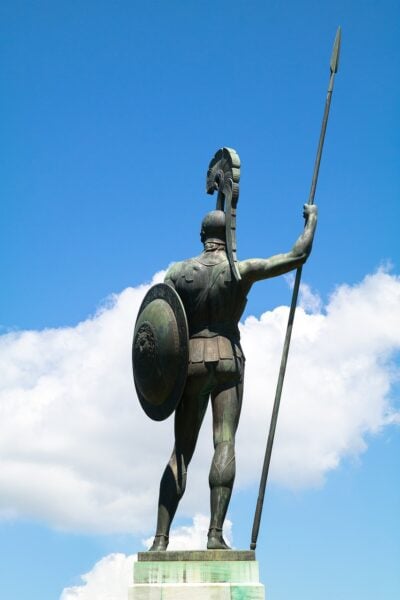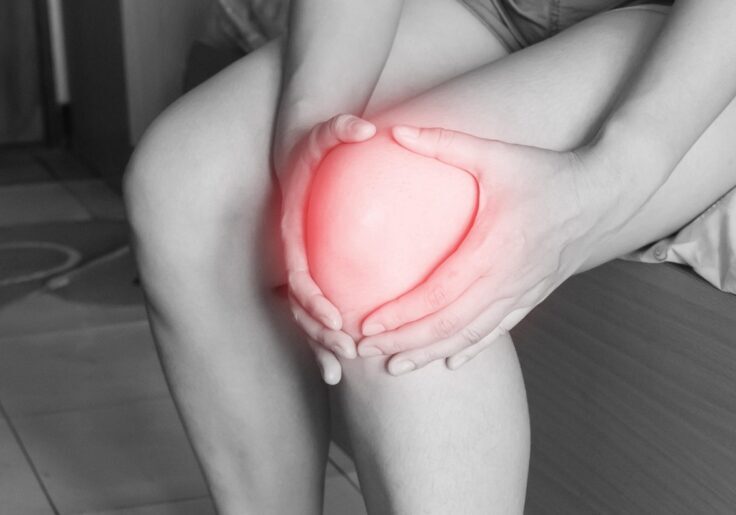
Achilles tendinopathy is a common condition that affects the Achilles tendon, which connects
the calf muscles to the heel bone. It often causes pain, stiffness, and functional limitations that
can impact daily activities and athletic performance. Physical therapy plays a crucial role in
managing and rehabilitating this condition. In this blog, we’ll explore effective physical therapy
strategies for Achilles tendinopathy, highlighting key interventions and exercises to aid recovery.
Understanding Achilles Tendinopathy
Achilles tendinopathy encompasses a spectrum of issues related to the Achilles tendon,
including tendinitis (inflammation) and tendinosis (degeneration of the tendon). It often arises
from overuse, repetitive stress, or sudden increases in physical activity, and it is commonly seen
in athletes, particularly runners.
Goals of Physical Therapy for Achilles Tendinopathy
The primary goals of physical therapy for Achilles tendinopathy are to:
- Reduce Pain and Inflammation: Initial focus is on alleviating discomfort and inflammation.
- Restore Function and Strength: Improving the strength and flexibility of the calf muscles and
Achilles tendon. - Prevent Recurrence: Addressing the underlying causes and modifying activity levels to
prevent future issues.
Key Components of Physical Therapy Management - Pain Management and Inflammation Control
- Rest and Activity Modification: Reducing or modifying activities that exacerbate pain, such as
high-impact sports or prolonged standing. - Anti-Inflammatory Techniques: Utilizing modalities like ultrasound or electrical stimulation to
manage inflammation.
- Gradual Loading and Strengthening
- Eccentric Exercises: Eccentric loading exercises, such as the Alfredson protocol, are
considered the cornerstone of Achilles tendinopathy rehabilitation. These exercises involve
controlled lowering of the heel and are performed with a gradual increase in intensity. Research
suggests they help stimulate tendon repair and improve function. - Calf Strengthening: Incorporating calf raises and heel drops into the exercise regimen helps
strengthen the muscles surrounding the Achilles tendon. Both concentric (lifting) and eccentric
(lowering) movements should be included. - Balance and Proprioception Training: Improving balance and proprioception through
exercises like single-leg stands and balance board activities can enhance tendon resilience and
prevent re-injury.
- Flexibility and Range of Motion
- Stretching Exercises: Regularly stretching the calf muscles and Achilles tendon can help
maintain flexibility and reduce stiffness. Techniques like the runner’s stretch or towel stretches
are beneficial. - Foam Rolling: Using a foam roller on the calf muscles can help alleviate tightness and
improve blood flow to the area.
- Biomechanical Assessment and Correction
- Gait Analysis: Assessing and correcting gait abnormalities can reduce undue stress on the
Achilles tendon. Physical therapists may use gait analysis to identify and address issues like
overpronation or improper footwear. - Footwear Recommendations: Ensuring proper footwear with adequate support and
cushioning can prevent exacerbation of symptoms.
- Education and Lifestyle Modifications
- Activity Modification: Educating patients about pacing, avoiding sudden increases in activity
intensity, and incorporating low-impact exercises like swimming or cycling. - Warm-Up and Cool-Down: Emphasizing the importance of proper warm-up and cool-down
routines to prepare the tendons and muscles for physical activity.
Progression and Monitoring
Progression in physical therapy should be gradual and tailored to individual responses. It’s
crucial to monitor symptoms and adjust the intensity of exercises accordingly. Pain should be
manageable and not worsen with activity. Regular follow-ups with a physical therapist ensure
that the rehabilitation program is effective and that adjustments are made as needed.
Conclusion
Achilles tendinopathy can be a challenging condition, but with a comprehensive physical
therapy approach, individuals can achieve significant improvements in pain relief, function, and
overall quality of life. By focusing on pain management, strengthening, flexibility, biomechanical
correction, and education, physical therapy provides a robust framework for managing Achilles
tendinopathy and returning to full activity.
If you’re experiencing symptoms of Achilles tendinopathy, consult with a physical therapist who
can develop a personalized treatment plan tailored to your specific needs. With dedication and
the right strategies, you can overcome Achilles tendinopathy and get back to doing what you love.


